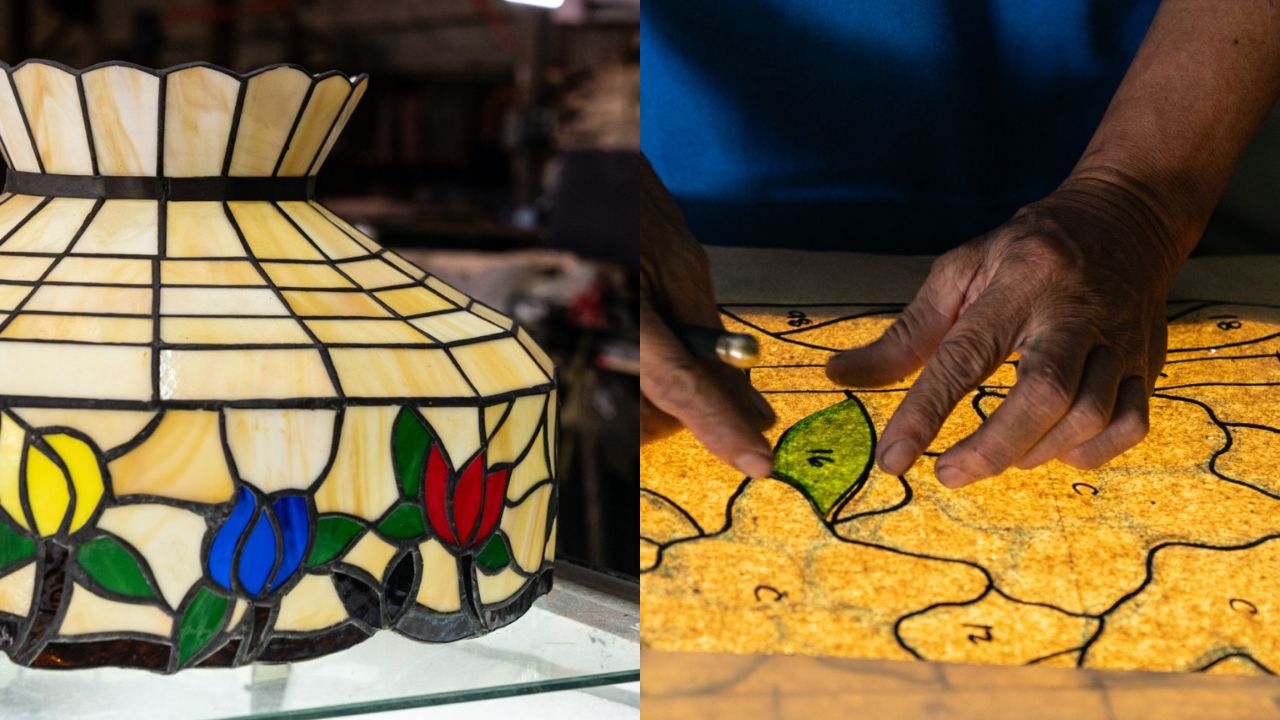When someone mentions Cebu in a conversation, the first thing they usually talk about is lechon. While Cebu does have the best lechon ever (and yes, you can quote me on that), most of our other dishes and delicacies go underappreciated.
As someone who was born and raised in the Queen City of the South, what most Manileños refer to as “Cebu food” was just food to me growing up. It wasn’t until I moved to Manila that I recognized that there is, in fact, a stark difference between “Cebu food” and food from everywhere else.
When it comes to Cebuano cuisine, it’s more savory than the dishes I’ve had in Manila. There’s an extra (and very welcome!) spike of umami in every bite. It’s the type of flavor that makes you want to eat it with extra rice. When I first moved to Manila, I found the food to be very sweet—something that wasn’t common in Cebu. It was arguably one of the biggest things I had to get used to (aside from living away from my family, of course).
Travel restrictions are still a huge hurdle when it comes to inter-island travel, which means that I’m left scrambling for food that actually tastes like home when the cravings hit. I’m not typically the homesick type, but my God do I miss the food.
In order to temper my homesick stomach, here are just a few dishes that’ll be on the menu for my long-awaited homecoming. And if you have the chance, you should definitely try them, too.
Puso
You’re probably familiar with the shape of puso because it’s on most keychains people would bring back from Cebu as souvenirs. But if you’re not, puso is hanging rice in the shape of a heart. It’s wrapped in palm leaves, which imparts extra flavor to the rice. It’s usually served in roadside snack bars, barbecue joints, and wherever you can find anything grilled. While it’s available in places outside Cebu, it’s definitely a symbol of the province. The ones served in Matias (which also sells arguably the best barbecue in Cebu) are my personal favorite.
Aside from being absolutely delicious, it’s also extremely convenient to eat. The puso is usually sliced three-quarters of the way through to make it easier to open. For this reason, it’s a constant companion on any potluck island-hopping trips. No mess.
Puso is near impossible to come by in Manila, but my favorite lechon supplier in Manila, Pig Senyor, tends to have it from time to time.
Sutukil
A visit to Cebu isn’t complete without sutukil. Sutukil isn’t actually a dish, it’s more of an abbreviation for venues that prepare dishes three ways: sugba (grill), tuwa (soup or stew), and kilaw (which is kind of like ceviche). You can pick out your own seafood, meat, vegetables, and other ingredients when you visit a sutukil restaurant. You also get to pick between “su,” “tu,” and “kil” for how you want it to be cooked.
These restaurants are usually located close to the coastline—along beaches or wherever there are fishermen hawking their catches of the day. But if you’re looking for a more sit-down type dinner, there’s also a restaurant in Cebu called Isla Sugbu Seafood City that has the same format in an air-conditioned setting. The best part about this is that this restaurant also just happens to have a branch in Manila. You’ll thank me later.
Ngohiong
Ngohiong is like the richer, thicker, bolder bigger brother of lumpiang shanghai. Though the presentation looks quite similar, ngohiong is filled with julienned coconut palm hearts (or ubod), Chinese five-spice seasoning, and minced pork or shrimp, or both. After rolling up the ingredients into a lumpia-like package, the ngohiong is then dipped in a batter mixture and deep-fried. It’s usually served with an opaque brown or sometimes even white dip that must be spicy.
The best ngohiong I’ve ever had in my life cannot be purchased. It can only be made—and by one specific person: our company’s cook. Nang Ponyang (as we lovingly refer to her) makes her ngohiong in unbelievably large batches to feed everyone in the office and at home. What makes her ngohiong extra special is her secret ingredient: Red Horse beer. I cannot divulge the specifics for my own safety, but do with that information what you will.
The closest thing I found to my Nang Ponyang’s ngohiong is Hukad’s version, which is blessedly available in Manila.
Ginabot
Ask any college student in Cebu what food helped them survive school, and ginabot will most likely be on that list. Ginabot is basically supersized chicharon bulaklak. The main ingredients are pork intestine and a lot of cooking oil. It’s audibly crunchy on the outside and succulently tender on the inside.
Ginabot is usually eaten with your hands with plastic pouches serving as makeshift gloves. The meal is completed with a sauce of your choice (sometimes the same sauce served with ngohiong because most ginabot places often serve ngohiong as well), a couple of pieces of puso, and soda in a plastic bag.
I’ve personally never encountered ginabot sold in a restaurant because it’s usually sold in casual eateries or roadside stands (pungko-pungko in Bisaya)—which tend to multiply the closer you get to schools. One ginabot joint my brother frequented in his university days was called “Heart Attack Station.” I think that’s enough to paint a picture.











































